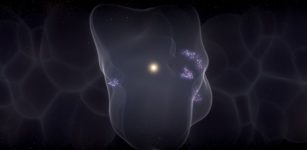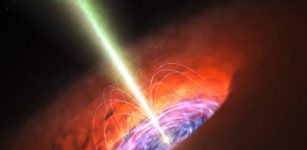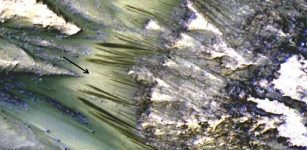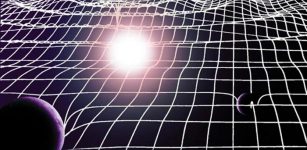‘Pulsar In A Box:’ Surprising Picture Of A Neutron Star’s Surroundings
MessageToEagle.com – An international team of scientists studying what amounts to a computer-simulated “pulsar in a box” are gaining a more detailed understanding of the complex, high-energy environment around spinning neutron stars, also called pulsars.
A pulsar is the crushed core of a massive star that ran out of fuel, collapsed under its own weight and exploded as a supernova. Pulsars can spin thousands of times a second and wield the strongest magnetic fields known.
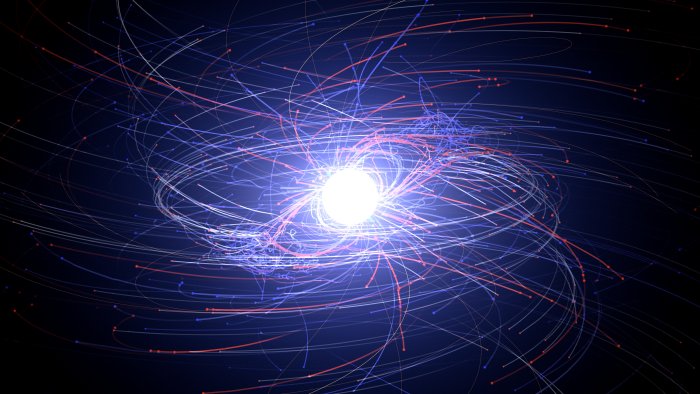
These characteristics also make pulsars powerful dynamos, with superstrong electric fields that can rip particles out of the surface and accelerate them into space.
The study may help explain how pulsars emit gamma-ray and radio pulses with ultra precise timing.
“Efforts to understand how pulsars do what they do began as soon as they were discovered in 1967, and we’re still working on it,” said Gabriele Brambilla, an astrophysicist at NASA’s Goddard Space Flight Center in Greenbelt, Maryland, and the University of Milan who led a study of the recent simulation., in a press release.
“Even with the computational power available today, tracking the physics of particles in the extreme environment of a pulsar is a considerable challenge.”
NASA’s Fermi Gamma-ray Space Telescope has detected gamma rays from 216 pulsars. Observations show that the high-energy emission occurs farther away from the neutron star than the radio pulses. But exactly where and how these signals are produced remains poorly known.
Various physical processes ensure that most of the particles around a pulsar are either electrons or their antimatter counterparts, positrons. To trace the behavior and energies of these particles, researchers used a comparatively new type of pulsar model called a “particle in cell” (PIC) simulation.
“The PIC technique lets us explore the pulsar from first principles. We start with a spinning, magnetized pulsar, inject electrons and positrons at the surface, and track how they interact with the fields and where they go,” Goddard’s Constantinos Kalapotharakos, who led the development of the project’s computer code, said.
“The process is computationally intensive because the particle motions affect the electric and magnetic fields and the fields affect the particles, and everything is moving near the speed of light.”
The simulation shows that most of the electrons tend to race outward from the magnetic poles. Some medium-energy electrons scatter wildly, even heading back to the pulsar.
The positrons, on the other hand, mostly flow out at lower latitudes, forming a relatively thin structure called the current sheet. In fact, the highest-energy positrons here — less than 0.1 percent of the total — are capable of producing gamma rays similar to those detected by NASA’s Fermi Gamma-ray Space Telescope, which has discovered 216 gamma-ray pulsars.
MessageToEagle.com




